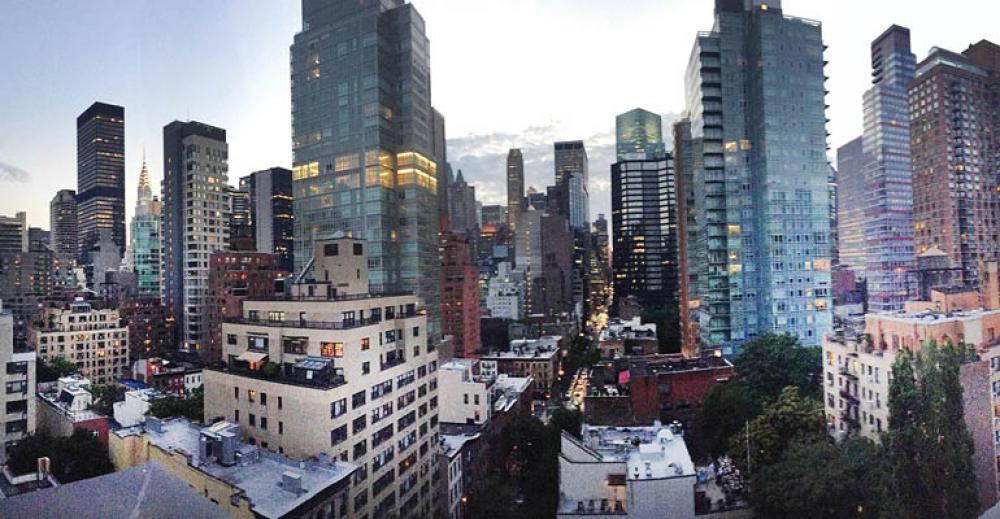1 5
1 5
New York City has the lowest apartment vacancy rate in the country—averaging just 2.0 percent, according to Marcus & Millichap, and 2.2 percent, according to RealPage. Vacancies are even lower in the outer boroughs of Queens (1.0 percent), Brooklyn (1.6 percent) and Manhattan (1.7 percent), according to Yardi.
However, “the market is adding new supply at a level far above the historical norm, with 22,600 units finished during the past year and another 28,800 units under construction,” says Greg Willet, chief economist for RealPage. “Rents are flat to down slightly in the neighborhoods where construction is most active.”
Strong job growth is helping fill those new apartment units and driving the vacancy rate lower, even as developers are forced to cut asking rents and offer concessions at new luxury properties. “Vacancy has fallen to the lowest levels in nearly two decades. Cresting development in 2017 will reinforce these conditions as deliveries slow,” says Doug Ressler, director of business intelligence for Yardi Matrix.
There are also very few vacant apartments in the much smaller metro area of Minneapolis-St. Paul—just 2.1 percent, according to Yardi, or 2.7 percent, according to both Marcus & Millichap and RealPage.
Developers are expected to open more than 5,000 new apartments in the metro area this year—the largest annual number since the Great Recession, according to Yardi. The market could see more units built between 2017 and 2018 than it has ever experienced, according to Marcus & Millichap.
That said, developers can still find attractive opportunities in the Twin Cities. “Only the two most-urban neighborhoods—Downtown and Uptown—have lots of product on the way. Some suburban submarkets appear starved for additional supply,” says Willett.
In the long-term, a strong and diverse economy will help keep apartments fully occupied in Boston.
But the next year is likely to be difficult for Boston’s luxury apartment developers. The percentage of vacant apartments is likely to rise from its current low rate of just 2.7 percent, according to both RealPage and Marcus & Millichap.
Boston’s performance prospects in 2018 “are hurt by a sizable wave of new supply. Scheduled completions total near 12,000 units in 2018, topping 2017’s volume by more than 60 percent,” says Willett.
Detroit has very few vacant apartments—just 2.8 percent, according to both RealPage and Marcus and Millichap. But vacancy rates may be about to spike upwards in the Downtown area. “The 2,000 or so units under construction Downtown represent the biggest block of new supply delivered in decades,” says Willett.
Outside of Downtown, the rents in most neighborhoods are not high enough to justify new construction. “It’s hard to make a case for much development opportunity anywhere in the metro beyond the rejuvenating urban core,” says Willett.
The Sacramento apartment market would be perfect for new development if it was somehow possible to build thousands of brand-new class-B apartments with relatively affordable rents.
“There’s lots to like in the metro. However, developers tend to view rents as still a little too low to justify much building across most Sacramento neighborhoods,” says Willett.
The percentage of apartments now vacant in Sacramento stands at 2.9 percent, according to Yardi, and 3.0 percent, according to RealPage and Marcus & Millichap. Because new development is difficult with Sacramento’s relatively low rents, developers are only planning to open a relatively modest 2,000 new apartments in 2018, Marcus & Millichap reports.

